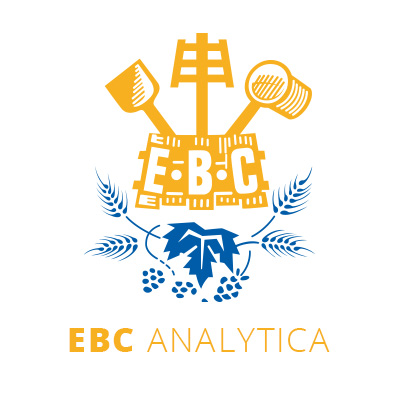- 24/10/2018
- 975
- |
- Sensory
- |
- IM
- 1997
13.1 - Sensory Analysis: Terms and Definitions (IM)
This section defines the principal concepts and methods used in sensory analysis of brewery products. For individual flavour terms, see Method 13.12 Sensory Analysis: Flavour Terminology and Reference Standards.
